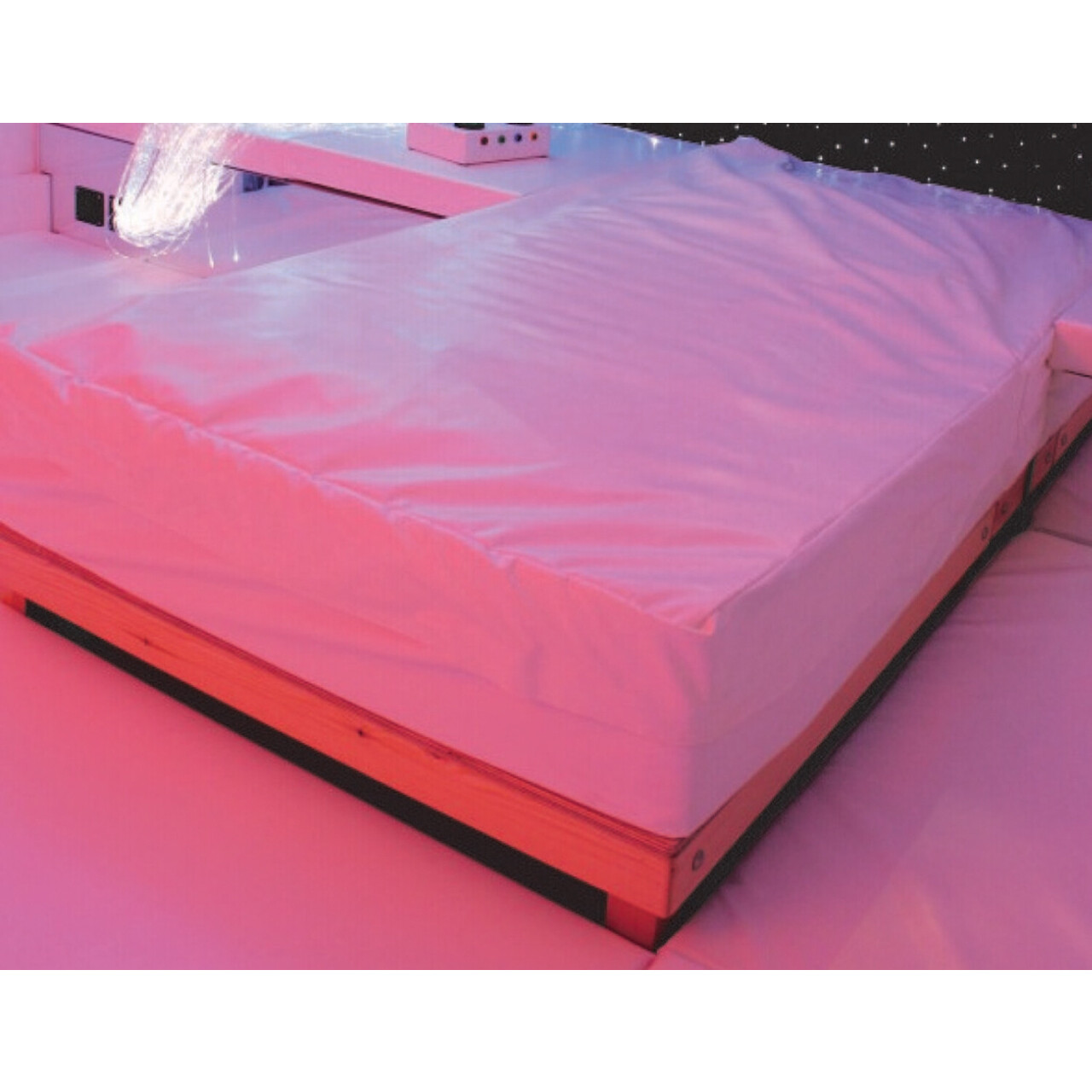Heated Waterbeds: A Restful and Therapeutic Sleep Solution
- Waterbed heaters provide comfortable warmth in winter and refreshing coolness in summer.
- Carbon Heater® waterbed heaters have small power consumption and are safe.
- The heater is placed on the deck under the security foil of the waterbed, ensuring no contact between the heating element and the water.
- All heaters are multi-fused, insulated, waterproof according to IP 67, and bear the VDE-GS safety label.
- Carbon Heaters® have electromagnetic values that are about 100,000 times under the limit and can be completely switched off with digital IQ thermostats.
- The waterbed heater consumes electricity during the heating phase to keep the water at the set temperature, but it switches off once the temperature is reached.
- An average consumption of about 1.32 kWh per day is expected.
- Waterbeds offer waveless and motion reducing technology, comfort layers like memory foam and latex, and heated water.
- The original waterbed design was a rectangular wooden enclosure with a heavy platform and bulky headboard.
- Waterbeds were invented by Charlie Hall in San Francisco in 1969.
- Waterbeds now offer flotation-like sleep and a levitating sensation that eliminates pain and pressure.
- Americans are embracing waterbeds again, considering them the best sleep surface for their well-being.
- The article suggests that waterbeds are poised to become a cultural phenomenon once again.

